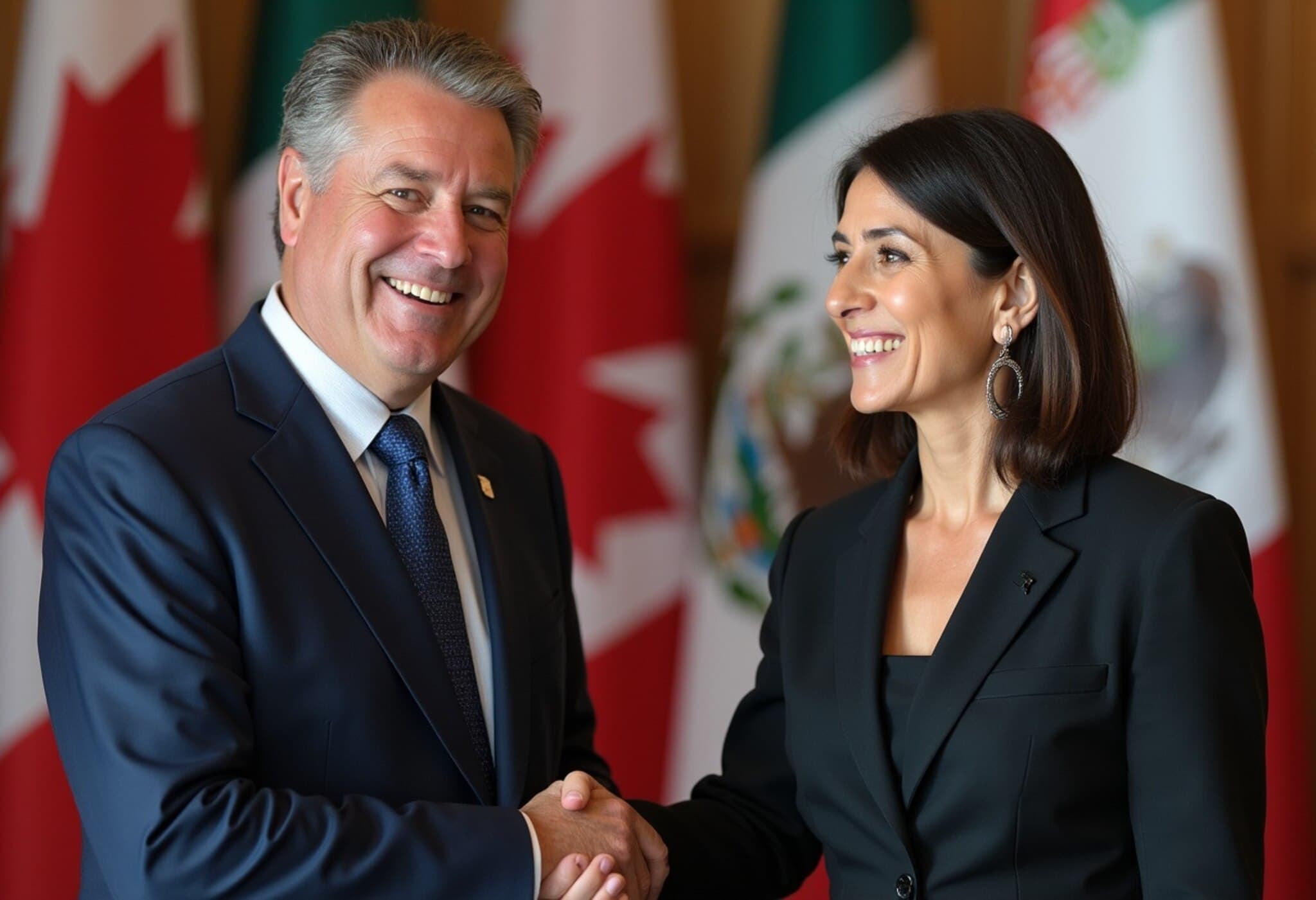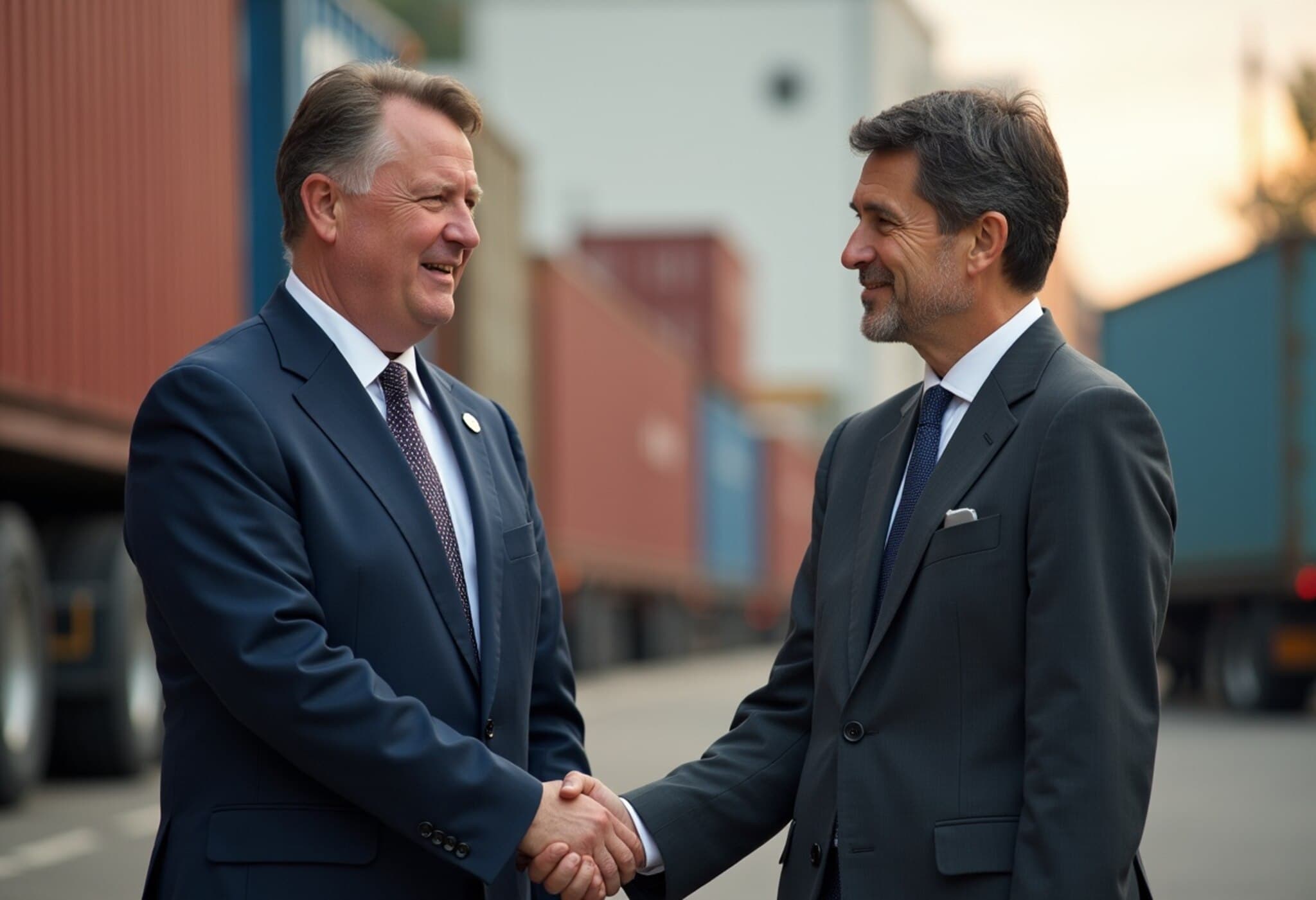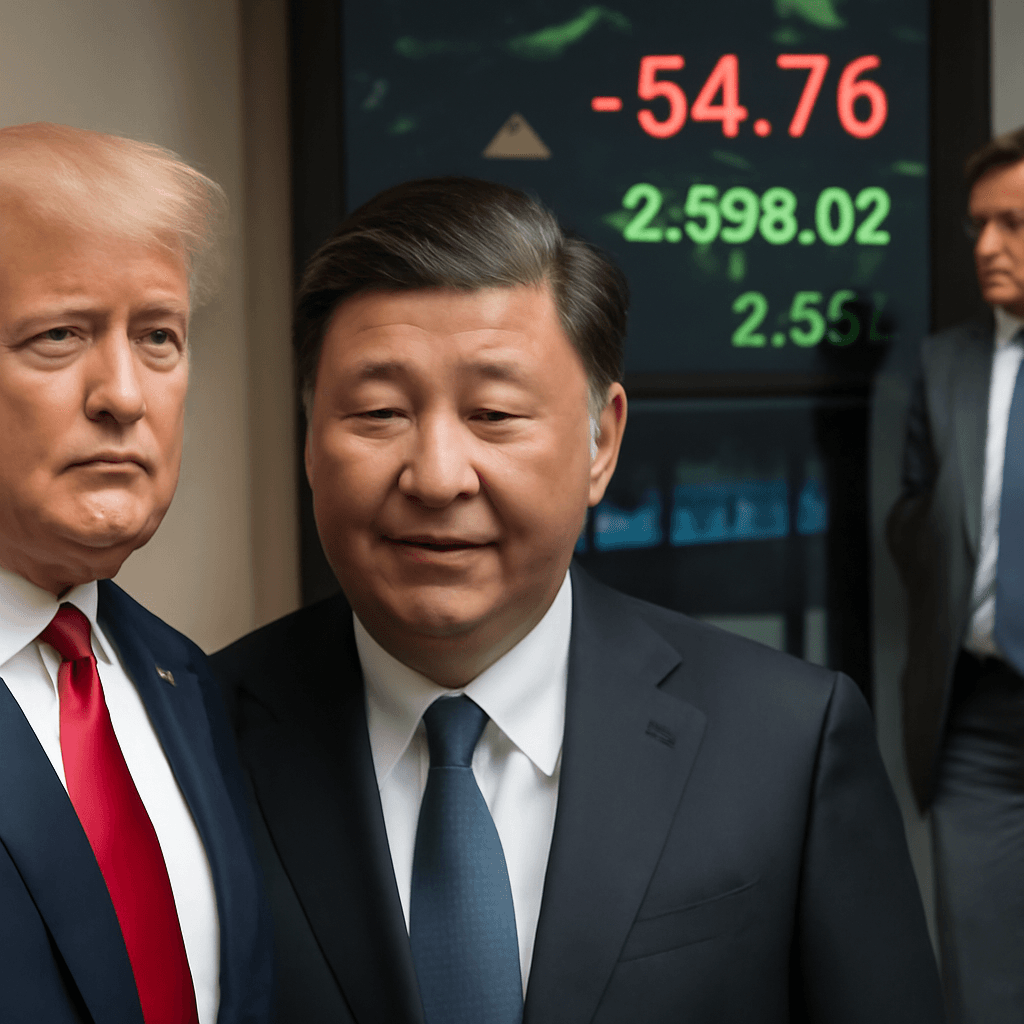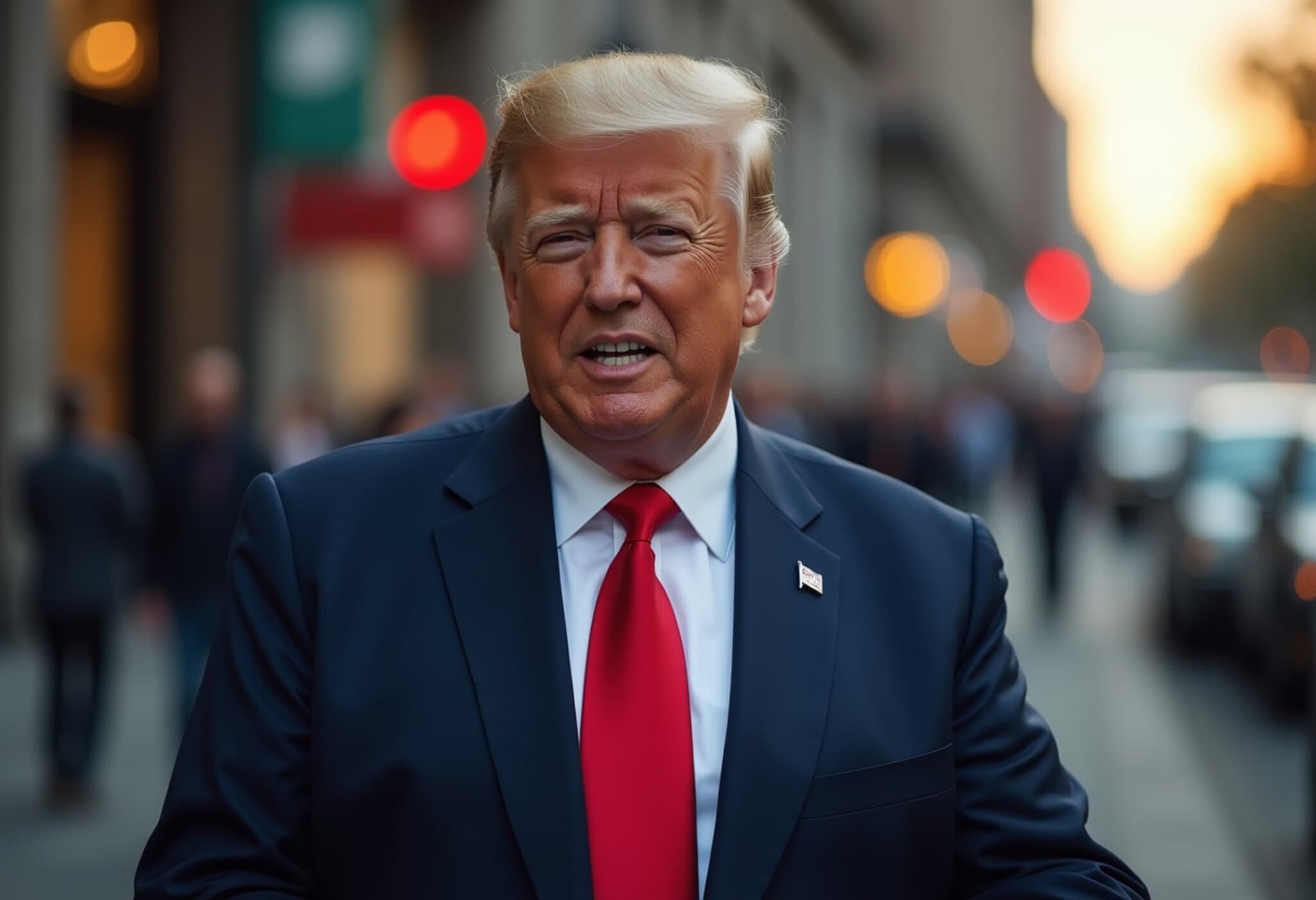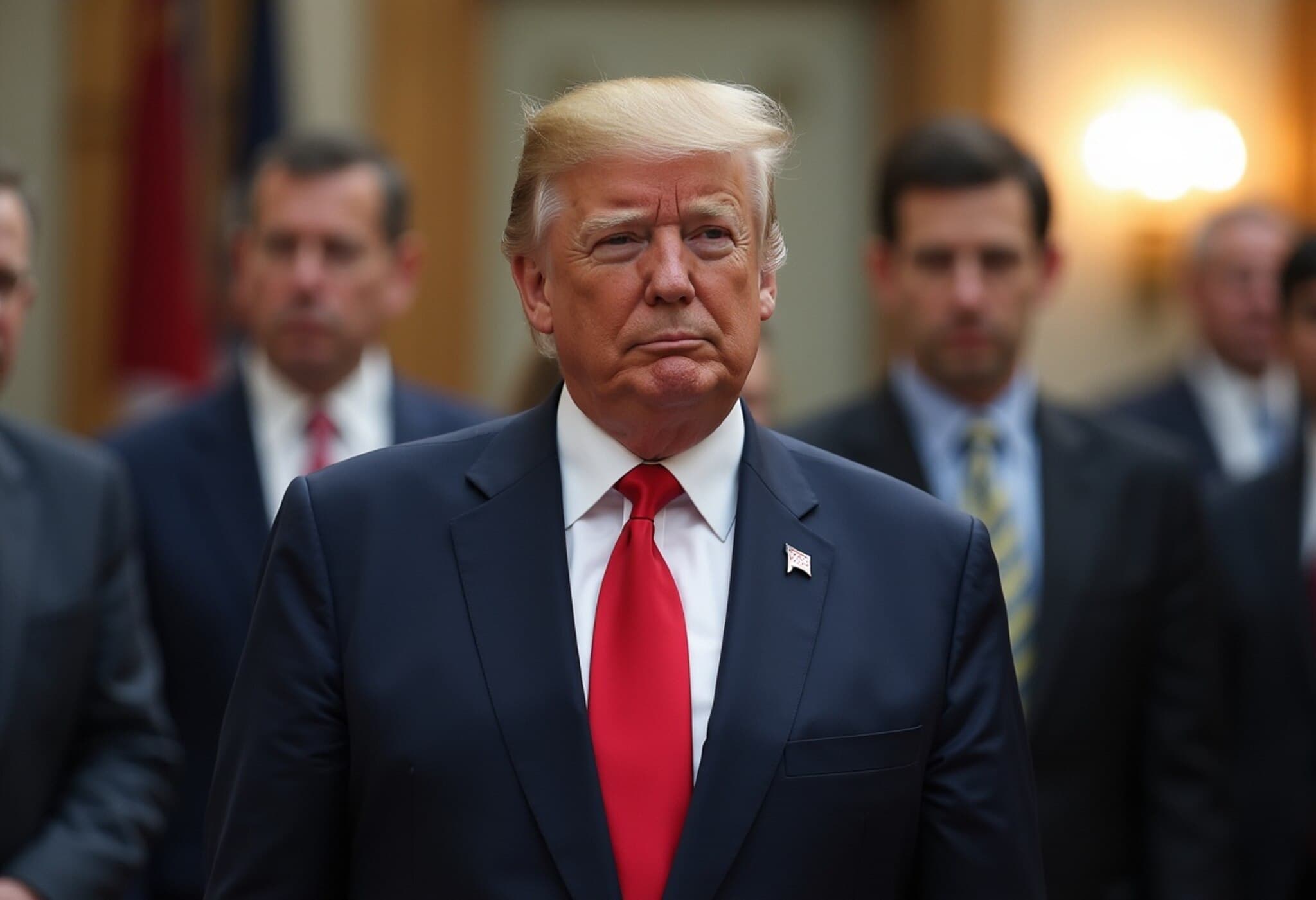Canada and Mexico Meet Without U.S. as Trade Tensions Rise
In a notable shift in North American diplomacy, Canada and Mexico’s leaders convened independently on September 18, 2025, seeking to recalibrate trade relations without the participation of the United States. Prime Minister Mark Carney of Canada and President Claudia Sheinbaum of Mexico gathered to explore cooperative strategies amidst an increasingly unpredictable U.S. trade environment under President Trump’s administration.
Context Behind the Summit
This meeting comes after nearly a year of tumultuous and stalled trade negotiations marked by tariff threats and retaliations, primarily between the U.S. and its two largest trading partners. Despite the exclusion of the U.S., both countries reaffirmed their commitment to preserving the North American trade framework, particularly the U.S.-Mexico-Canada Agreement (USMCA), initiating public consultations to review and strengthen it.
Focus Areas and Economic Stakes
Discussions centered around expanding bilateral investments in critical sectors such as mining, agriculture, and natural gas. Mexico aims to increase its food exports to Canadian markets to reduce Canada’s heavy dependence on U.S. produce during winter months. Simultaneously, Canada is actively pursuing opportunities to boost its agricultural exports to Mexico while encouraging Mexico to amplify imports of Canadian natural gas, aiming for greater energy diversification.
Historical Challenges in Mexico-Canada Relations
Geographically separated by the United States, Canada and Mexico have traditionally maintained limited direct economic and cultural ties, focusing predominantly on their individual relationships with the U.S. For instance, Canada accounted for only around 4% of Mexico’s exports last year, while Mexico made up approximately 2% of Canadian exports. This dynamic has often bred mistrust, especially in Canadian regions like Ontario, where job losses in the automotive industry have coincided with manufacturers shifting production to Mexico and southern U.S. states.
The bilateral relationship reached a low point in early 2024 when Canada controversially imposed visa restrictions on Mexican visitors, aiming to curb asylum claims and address U.S. concerns about migration flows. Despite such tensions, both nations recognize the strategic urgency of collaborating more closely in light of U.S. protectionist trends.
Expert Analysis: A New North American Approach?
Daniel Trefler, a renowned trade economist from the University of Toronto, notes, "When the U.S. treats its partners like adversaries, its partners start acting like allies." While he tempers expectations about immediate transformational changes, the dialogue marks an important step toward deeper cooperation outside the shadow of Washington.
Political scientist Sebastián Vallejo Vera emphasizes Mexico’s comparatively longer experience managing a complex relationship with the U.S. administration, indicating that President Sheinbaum might share valuable insights for Canada. Both leaders may also strategize to engage influential North American corporations and bipartisan U.S. lawmakers, who play critical roles in sustaining regional trade.
Risks and Uncertainties Ahead
The absence of the U.S. and the unpredictability of President Trump’s trade policies cast a shadow over the talks. Canadian and Mexican officials are cautious to avoid antagonizing their shared neighbor, seeking to maintain a balanced narrative that does not appear exclusionary or confrontational.
Professor Vallejo Vera remarks, "There’s a lot of uncertainty regarding Trump’s next moves on trade. Both countries need to prepare for a wide range of potential scenarios." Given these unresolved questions, Canada and Mexico’s efforts reflect a pragmatic and hopeful response to protect economic stability in North America.
Looking Forward: Implications for North America
- Trade diversification: Both countries aim to reduce overreliance on the U.S. market and create stronger direct ties.
- Energy security: Expanding natural gas exports from Canada to Mexico may influence regional energy dynamics and reduce U.S. dependency.
- Diplomatic signaling: The summit sends a message of resilience and adaptability to global trade partners and investors.
This evolving trilateral relationship underscores the challenges facing international trade today—where geopolitical tensions intersect with economic imperatives.
Editor’s Note
This unprecedented bilateral meeting between Canada and Mexico, prompted by an unsettled U.S. trade stance, highlights the fragility and complexity underpinning North American economic integration. While immediate breakthroughs remain uncertain, the initiative signals a significant shift toward more autonomous regional cooperation. Observers should watch how this evolving dynamic influences future policy, corporate strategies, and broader geopolitical relationships in North America.

